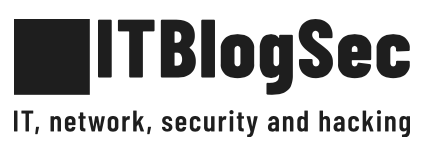In an era where our lives are increasingly digital, safeguarding personal information and online presence has never been more critical. Cyber threats are evolving rapidly, and hackers are becoming more sophisticated. To stay one step ahead, you need to adopt smart security practices that shield you from potential risks. Here are some essential security tips and tricks to help you stay safe in today’s interconnected world.
1. Use Strong, Unique Passwords
One of the simplest yet most effective security measures is creating strong, unique passwords for each of your accounts. Avoid common passwords like “password123” or “admin,” as these are easy targets for hackers. Instead, use a combination of uppercase and lowercase letters, numbers, and special characters. Consider using a password manager to generate and store complex passwords securely. This way, you won’t have to remember them all — just one master password.
2. Enable Two-Factor Authentication (2FA)
Adding an extra layer of security with two-factor authentication is a game-changer. With 2FA, even if hackers get hold of your password, they’ll need a second form of verification—like a code sent to your phone or fingerprint scan—to gain access. Many popular services like Gmail, Facebook, and banking apps support 2FA, so enable it wherever possible.
3. Keep Software Up to Date
Software developers frequently release updates to fix security vulnerabilities. Failing to install these updates leaves your devices open to attacks. Turn on automatic updates on your operating system, browsers, and apps to ensure you’re protected against the latest threats.
4. Be Wary of Phishing Attacks
Phishing scams are emails or messages designed to trick you into revealing sensitive information. They often appear legitimate, mimicking trusted brands or contacts. Always scrutinize emails for signs of fraud, such as suspicious sender addresses, grammatical errors, or unusual requests. Never click on suspicious links or share personal data unless you are certain of the sender’s identity.
5. Secure Your Wi-Fi Network
Your home Wi-Fi network is a gateway to all your connected devices. Secure it with a strong password and WPA3 encryption. Change the default router credentials and disable remote management features. Consider setting up a separate guest network for visitors to prevent access to your main devices.
6. Backup Your Data Regularly
Data loss can occur due to malware attacks, hardware failure, or accidental deletion. Protect yourself by regularly backing up important files to an external drive or cloud storage service. In case of an attack, having recent backups ensures you can restore your data quickly.
7. Use Antivirus and Anti-Malware Software
Installing reputable antivirus and anti-malware programs adds a vital layer of defense. These tools can detect and remove malicious software before it causes harm. Keep your security software updated and run regular scans.
8. Limit Personal Information Sharing
Be cautious about how much personal information you share online, especially on social media. Details like your address, phone number, or travel plans can be exploited by hackers for identity theft or targeted attacks. Keep your privacy settings tight and share information only with trusted contacts.
9. Be Vigilant on Public Wi-Fi
Public Wi-Fi networks are convenient but often insecure. Avoid accessing sensitive accounts or conducting financial transactions on public networks. If necessary, use a Virtual Private Network (VPN) to encrypt your internet connection and protect your data from prying eyes.
10. Educate Yourself and Stay Informed
Cyber threats evolve constantly. Stay informed about the latest scams, security tools, and best practices. Regularly educate yourself about online safety and encourage your friends and family to do the same.

